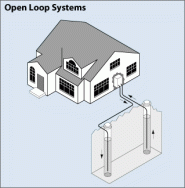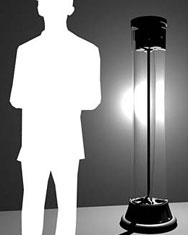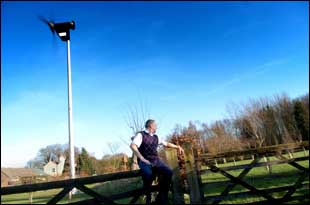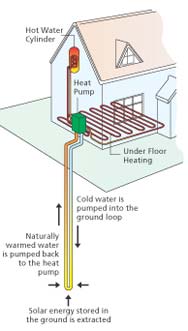What better way to go off-grid and be cozy then to let the Earth’s own geothermal work for you.
Geothermal, GeoExchange, earth-coupled, ground-source, or water-source heat pumps are all use the constant temperature of the earth as the exchange medium instead of the outside air temperature. By doing that this system has a much higher efficiency (300%-600%) on cold winter nights then air-sourced heat pumps (175%-250%) on cool days
Since many areas if the US experience seasonal temperature extremes, from scorching heat in summer to sub-zero in winter, a few feet below the ground the temperature remains relatively constant. This temperature ranges from 45°F to 75°F (7°C to 21°C) depending on the latitude. Think of a cave, it’s warmer then outside in the winter, while cooler in summer. These GHP systems take advantage of that when they exchange heat with the earth through their ground heat exchanger
Geothermal and water-source heat pumps are able to cool, heat, and supply the home with hot water (if equipped). Models available of geothermal systems can include a two-speed compressors and variable fans to increase comfort and energy efficiency. Another plus is that compared to air-source heat pumps they last longer, need less maintenance, are quieter, and outside air temperature has no effect
The dual-source heat pump uses both geothermal and air-source heat pumps. By combining both systems best aspects you get a higher efficiency then the air one alone, though not as efficient as the true geothermal unit. The lower cost of the dual-source system and ability to work almost as well is a strong plus for this system.
The cost of a geothermal system is several times that of the air-forced system with the same capacity. This additional cost is recouped in your energy savings over the first 5-10 years. Since the internal components have a life is estimate of 25 years, with the ground loop at 50+ years, you will be reaping those energy savings for a long time to come. There are four distinct types of geothermal systems, three of those are closed-looped and 0ne is open looped.
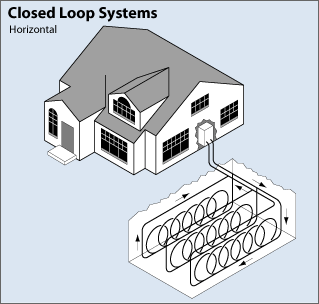
The horizontal closed-loop type of installation is generally most cost-effective for residential uses, especially in new construction where land is available. It requires trenches to be at least four feet deep. The most common layouts are either to use two pipes, one buried at six feet, and the other at four feet, or two pipes placed side-by-side at five feet in the ground in a two-foot wide trench. The Slinky™ method of looping pipe gives more pipe in a shorter trench, which cuts on the cost of installation and makes horizontal installation possible in areas where conventional horizontal applications would not fit.
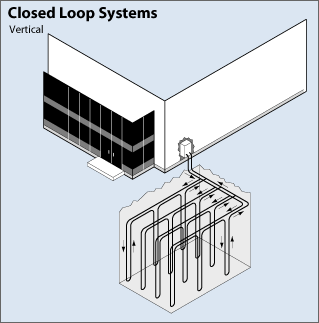
For schools and large commercial buildings vertical systems ar e often used because the land area required for horizontal loops would be a problem. Vertical loops are also used where …
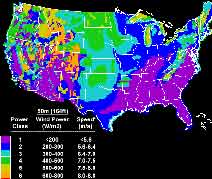

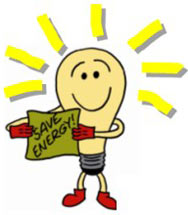
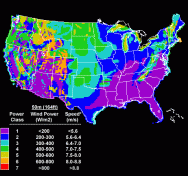
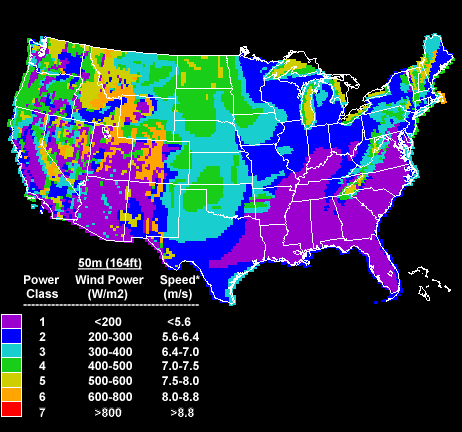 6% of the contiguous U.S. land area has the potential to supply more than 1 1/2 times the current demand for electricity in the United States. The estimated wind resource is categorized into power classes of 1 to 7. Each class represents a range of wind power density at at a specific height above the ground. Class 1 is unsuitable for current and future wind technology. Class 2 is only marginally acceptable. Class 3 may be usable, above marginal, with future technology. Class 4 and above are …
6% of the contiguous U.S. land area has the potential to supply more than 1 1/2 times the current demand for electricity in the United States. The estimated wind resource is categorized into power classes of 1 to 7. Each class represents a range of wind power density at at a specific height above the ground. Class 1 is unsuitable for current and future wind technology. Class 2 is only marginally acceptable. Class 3 may be usable, above marginal, with future technology. Class 4 and above are …